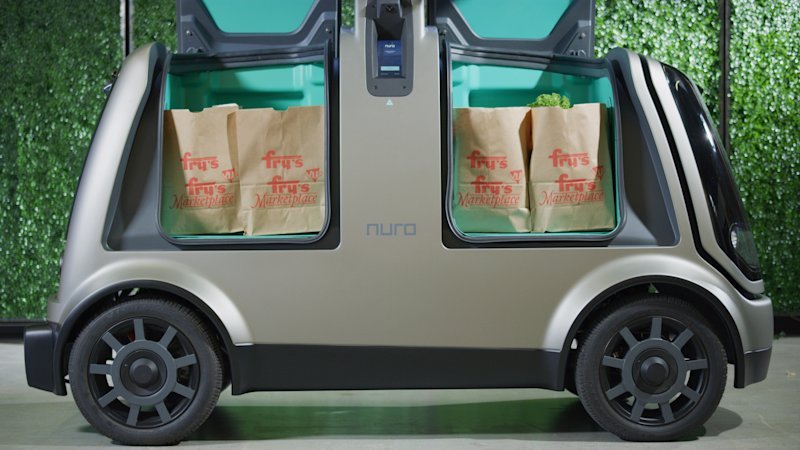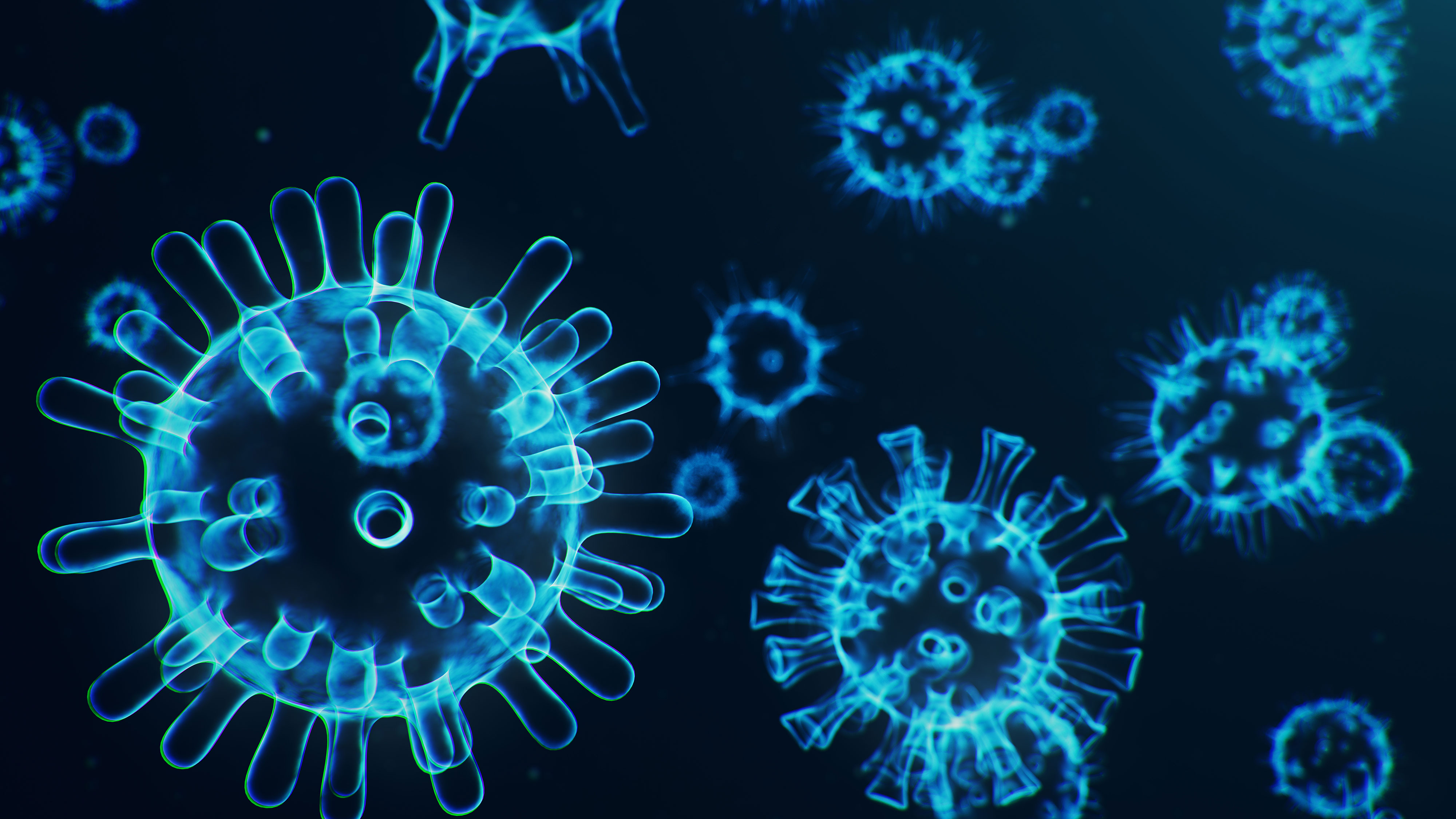Table of Contents
Driverless, contactless deliveries

California’s Department of Motor Vehicles on Tuesday authorized autonomous technology startup Nuro to test two driverless delivery vehicles in nine cities, a decision that comes as coronavirus concerns lock down many in the state.
U.S. companies that deliver groceries, household goods and take out food are scrambling to find drivers as well as ways to deliver with zero or minimal contact amid the virus outbreak.
Nuro, the second firm after Alphabet Inc’s Waymo to receive the state’s permit, has been allowed to test its driverless, low-speed R2 vehicle, about half the width of a regular car. It has been testing autonomous vehicles on California’s roads with safety drivers since 2017.
“The COVID-19 pandemic has expedited the public need for contactless delivery services. Our R2 fleet is custom-designed to change the very nature of driving, and the movement of goods, by allowing people to remain safely at home while their groceries, medicines, and packages, are brought to them,” said Nuro Chief Legal and Policy Officer David Estrada.
The permit also means Nuro can begin conducting deliveries with its local retail partners, Estrada added.
Walmart and Domino’s Pizza last year launched pilot delivery projects with Nuro in Houston. […]
Autoblog
Human trial for COVID-19 vaccine

Novavax Inc said on Wednesday it had identified a novel coronavirus vaccine candidate and would start human trials in mid-May.
The Maryland-based late-stage biotechnology company said its Matrix-M adjuvant would be used with the vaccine candidate – NVX-CoV2373 – to enhance immune responses.
Adjuvants are mainly used to enable a vaccine to induce a strong immune response including a greater production of antibodies and longer-lasting protection against viral and bacterial infections.
Novavax said preliminary immunogenicity and safety results from the trial were expected in July.
It joins at least a dozen other drugmakers working on vaccines, antivirals and other treatments to help those infected with the fast-spreading respiratory virus, with some antivirals already being used in trials.
Highly anticipated data for a Gilead Sciences Inc experimental antiviral drug are expected later this month.
Analysts are also awaiting results in the near term for products already approved for other conditions from companies such as Roche Holding and Regeneron Pharmaceuticals Inc.
While experts estimate an approved vaccine could be at least a year away, progress toward treatments that benefit some COVID-19 patients could help investors gauge when the epidemic could come under control and some economic activity might resume. […]
Reuters.
Promising first step in antiviral treatment
Researchers from Cornell University have identified a possible target for antiviral treatment for COVID-19.
The researchers initially set out to analyze the structure and characteristics of SARS-CoV (severe acute respiratory syndrome coronavirus) and MERS-CoV (Middle East respiratory syndrome coronavirus), with a focus on the spike protein—specifically the fusion peptide—that allows these viruses to infect cells by transferring their genome.
As the current pandemic escalated, the researchers compared the biological sequences of the fusion peptides of SARS-CoV to SARS-CoV-2, the virus that causes COVID-19, and found them to be a 93% match.
Susan Daniel’s lab specializes in the biophysics of the cell membrane envelope; Gary Whittaker’s team studies the entry of influenza and coronaviruses into host cells. Their combined group is drilling down into the intricate procedure of membrane fusion—a critical part of the mechanism by which coronaviruses spread.
Membrane fusion is a multistep process that begins with the virus recognizing that it’s found the right type of cell to infect. To do this, the virus receives feedback from the chemical environment, including cues like the receptor that the host cell presents. The virus then attaches to the host cell receptor by way of the spike protein.
Next, a piece of the spike protein, called the fusion peptide, interacts directly with the host cell membrane and facilitates merging to form a fusion pore, or opening. The virus then transfers its genome into the host cell through this pore. These genomic instructions essentially commandeer the host’s machinery to produce more viruses. […]
MedicalXpress
If you enjoyed this BFD article please consider sharing it with your friends.









